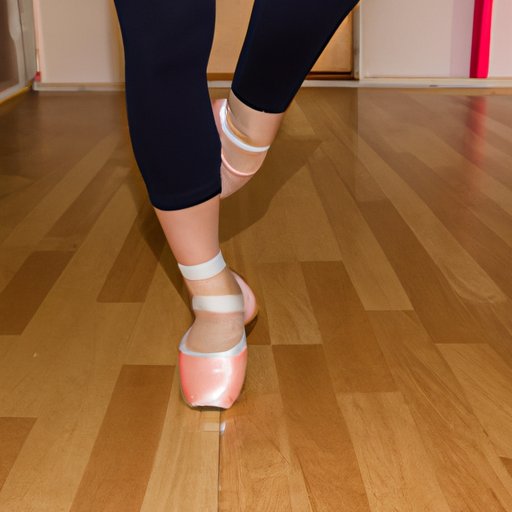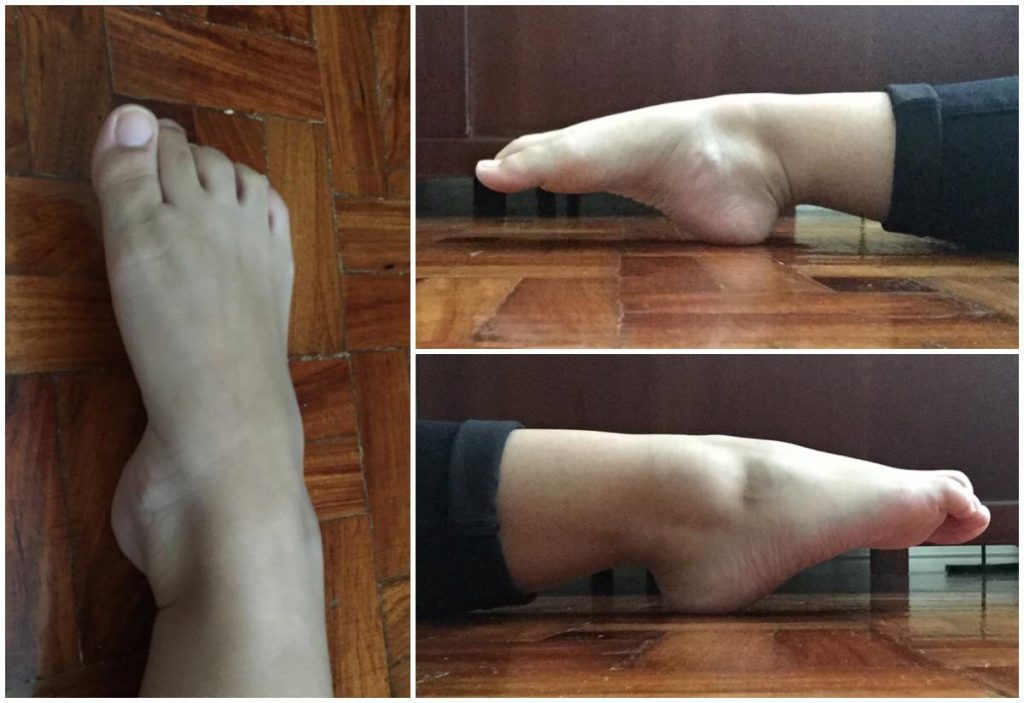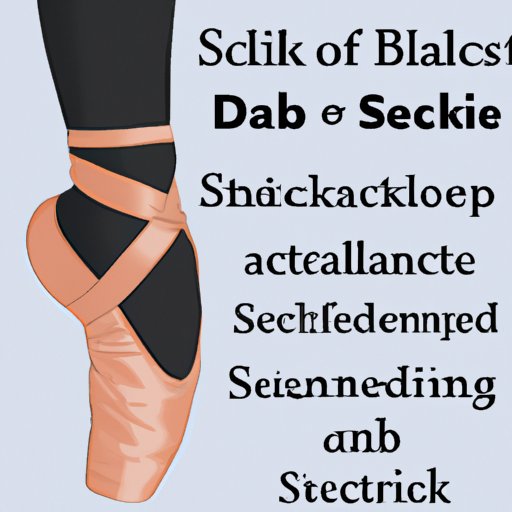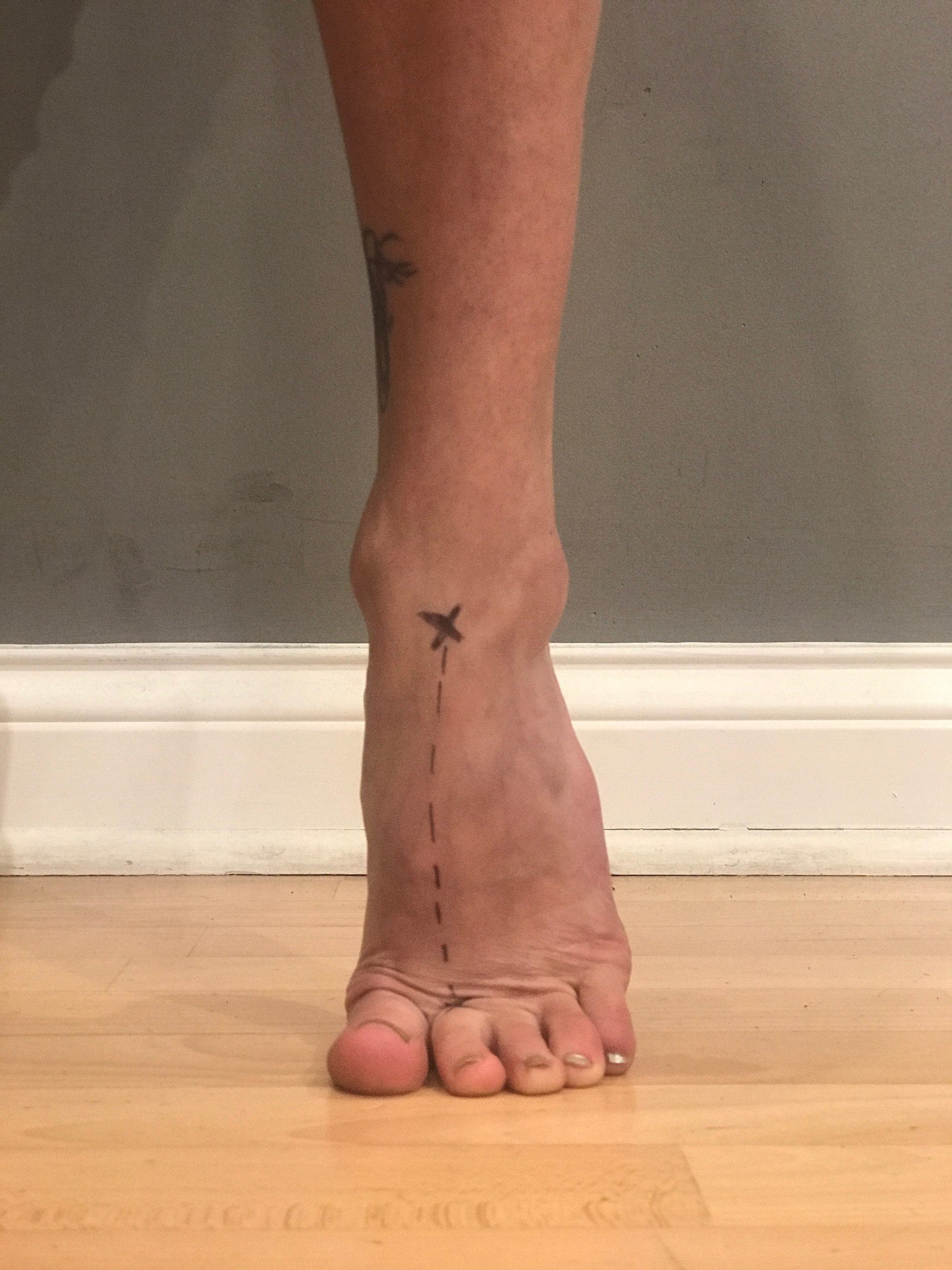
Sickled Feet Avoid Injury with Better Technique Advancing Your Health
Sickling of the foot is not desirable visually in dance, but it is also a significant risk factor for injury. A sickled foot represents one that has an imbalance in strength, namely around the "stirrup" muscles. The stirrup muscles are responsible for rolling the foot inward and outward, but also help hold the ankle in line when in relevé.

Intro for Sickled foot Aldc YouTube
Besides sickling is not desired in ballet, in some modern forms of dancing it is a choreographic choice to use it, rumor has it. For example, in some works of Martha Graham, the dancers were asked to sickle their feet as en expressive tool, to show vulnerability or a broken body. Yet, in classical ballet sickling is a bad indicator of poor.

Sickling in Ballet What, Why and How to Avoid It Ballet technique, Beginner ballet, Ballet
Casati recommends practicing pointing, flexing, winging and sickling your foot (10 to 20 repetitions per direction) to build strength in your ankles and feet. Building flexibility takes time. "Don't force your body to do things it can't do—you'll be more susceptible to injury," Casati says. "You have to make peace with your.

Fixing a sickled foot YouTube
Sickled foot is a description of how a dancer positions their feet in a pointed position. When dancers are in any dance movement, they need to have their toes in a pointed position. A dancer who is sickling will have their toes pointed inward, which causes their heel to drop. Instead of being up on your toes high enough so that the heel is.

Sickled Feet In Ballet How To Avoid Sickling Why Do You Get Sickled Feet In Ballet? Daily
Sickled feet is a term we used to describe a dancer's specific foot position. It can happen in any number of ballet positions, but it always leaves the same results. When sickled, the toes of the dancer's foot curve inward, and his or her heel drops back. The position is a problem for several reasons. Over time, sickling destabilizes a.

What is a Sickled Foot in Dance? Common Techniques, Benefits & Challenges Explained The
With ankles, feet and toes pointed, wing one foot out to the side and slowly return to neutral, then repeat with the other foot. This will strengthen the muscles along the outside of the foot, preventing involuntary sickling. #ankle #injury #sickled feet #sickling #winging.

Take That X ToxicAudioswap Sickled Foot Aldc R1 YouTube
A sickled foot is a technique in which the foot is pointed outward from the ankle, creating a "sickle" shape. It is frequently used in ballet, jazz, modern, and contemporary styles of dance. The purpose of a sickled foot is to achieve a long, graceful line with the leg and to emphasize the arch of the foot.

90210 channel trailer for Sickled Foot Aldc YouTube
Sickled feet describe the specific foot position of a dancer. In sickled feet, the toes curve inwards, and the heels drop back. This position makes dancers easily prone to ankle and foot injuries. In addition, sickling causes a negative impact on dance movements. This condition is caused by overuse and repetitive motions in dance, such as.

Sickled Feet Quick Fixes, Causes, Symptoms, Correction, Prevention and Tips YouMeMindBody
Ballet is a beautiful dance form that requires years of training and mastery of technique. One of the most important aspects of ballet technique is foot alignment.In this section, we will explore the differences between a sickled foot and a pointed foot in ballet and why proper foot alignment is crucial for every dancer's technique.. The shape of a dancer's foot can impact their.

What Is Sickled Feet? Causes, Symptoms, Treatment, Prevention Public Health
Sickled feet, where the arch of the foot collapses inward, can have a significant impact on dance technique. It can lead to poor balance and stability. It can cause strain on the ankles and knees.

What is a Sickled Foot in Dance? Common Techniques, Benefits & Challenges Explained The
What exactly are sickled feet? Sickled feet are not a health condition. Sickling is a behaviour — a foot position that can lead to ankle instability, tendonitis and injury. When a dancer's foot is sickled, the toes curve inward, and the heel drops back. This position distorts the continuous visual line running straight down the dancer's.

Sickled Feet In Ballet And How To Get Rid Of Them Dancers Forum
A properly aligned foot creates a continuous visual line down the shin and through the extended toes. What Is A Sickled Foot In Dance. In the world of dance, particularly ballet, a sickled foot is a common issue, especially among beginners. Dancers are trained to point their feet, creating an elongated extension of the leg line.

How to Not Sickle Bevel/Wing Your Feet for Ballet Exercises and Stretches YouTube
"It's important to correct a sickled foot at the start of the movement, not once you've arrived at the end point of the movement." A poorly fitted pointe shoe can also cause sickling, Shea adds. Working It Out. Most of the time, says Becker, sickling is caused by hypermobility of the foot and ankle. Sometimes, stiffness in the big-toe.

Super Freak Intro for sickled foot aldc R1 YouTube
Sickled feet impacts a dancer's movement and lines, and it can also lead to ankle instability, tendonitis and injury. There is even a medical term for it: supination. "When your foot is in a supinated position, the peroneal tendons on the outer ankle are stretched," explains Jason Bariteau, MD, orthopaedic surgeon at Emory Healthcare.

Pointe Shoe Fitting for Sickling Feet YouTube
What is SICKLING in ballet and how to correct it.Learn much more about sickling in ballet and how to get beautiful lines with Sarah's #endsickledfeet challen.

Tips to prevent sickling Allegro Dance Boutique
A sickled foot is a common term in the world of dance, referring to the position of the foot where the ankle rolls inward, causing the foot to curve inwards instead of maintaining a straight line. This foot position is considered undesirable in dance as it can lead to various issues, including decreased stability, increased risk of injuries.
- Property For Sale Warrenpoint N Ireland
- Replacement Locks For Upvc Doors
- Canon G7x Mark Ii Battery
- Plus Size Waist Trainer Corset
- Free Pattern For Knitted Neck Warmer
- Guns N Roses T Shirt Vintage
- Plumdomain 7 Trap For Washing Machine
- S I A Badge Holder
- Marilyn Monroe In Black And White
- Best Wines For Christmas 2023